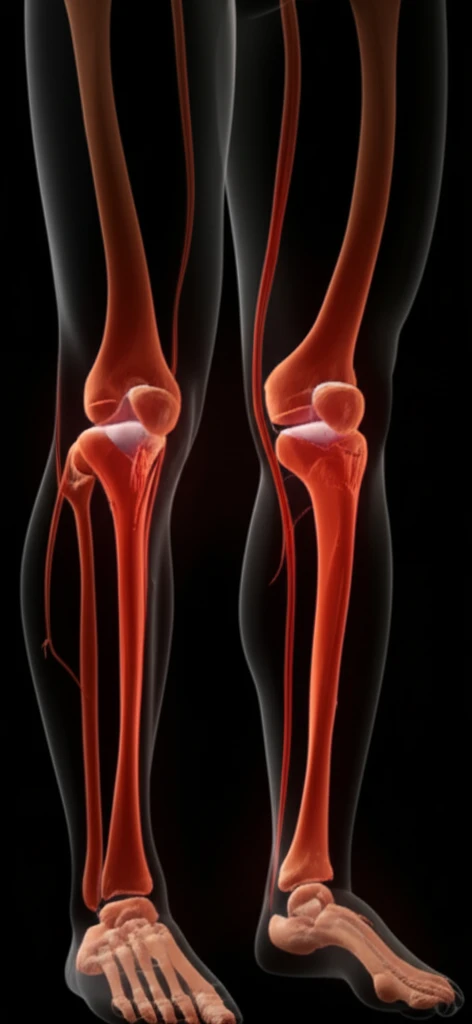
Non-Contrast MRI: A Safer Way to Detect Peripheral Artery Disease?
"Discover how non-contrast MRI angiography offers a radiation-free and gadolinium-free alternative for diagnosing PAD, making it safer for patients with kidney concerns."
Peripheral artery disease (PAD) affects millions, often leading to pain and reduced mobility. Traditional diagnosis relies on methods like contrast-enhanced magnetic resonance angiography (MRA), which uses gadolinium-based contrast agents. However, these agents pose risks, especially for individuals with kidney problems.
Gadolinium-based contrast agents have been linked to nephrogenic systemic fibrosis and gadolinium accumulation in the brain, prompting the search for safer alternatives. Non-contrast MRA techniques are emerging as promising options, offering a way to visualize blood vessels without contrast agents.
This article explores the accuracy of non-contrast MRA protocols at 3T (Tesla) for detecting and characterizing lower extremity PAD. We'll delve into how these techniques compare to gadolinium-enhanced MRA, providing insights into their effectiveness and potential benefits for patients.
Understanding Non-Contrast MRI Angiography Techniques

Non-contrast MRA utilizes various techniques to visualize blood vessels without contrast agents. These methods rely on the natural properties of blood flow and magnetic fields to create images of the arteries. Two established non-contrast MRA protocols are quiescent-interval single-shot (QISS) and a combination of quadruple inversion recovery (QIR) with electrocardiogram-gated fast spin echo (ECG-FSE).
- Quiescent-Interval Single-Shot (QISS): This technique employs balanced steady-state free precession readout, time-of-flight effects, and a tracking saturation band to image inflowing arterial blood. QISS does not require image subtraction, making it less sensitive to motion artifacts.
- Quadruple Inversion Recovery (QIR) with ECG-Gated Fast Spin Echo (ECG-FSE): QIR is used for the abdominopelvic station, while ECG-FSE is used for the extremities. ECG-FSE relies on signal intensity differences between fast-flowing arterial blood during systole and slow-flowing blood during diastole. Images of arterial blood are obtained by subtraction, eliminating signal from venous blood and stationary tissues.
The Future of PAD Diagnosis
Non-contrast MRA techniques like QISS and QIR/ECG-FSE offer comparable diagnostic accuracies with high specificity for detecting PAD. Either protocol provides a valuable alternative to gadolinium-enhanced MRA, particularly for patients with kidney concerns or those seeking a radiation-free imaging option. As MRI technology advances, non-contrast methods are poised to play an increasingly important role in vascular imaging.
